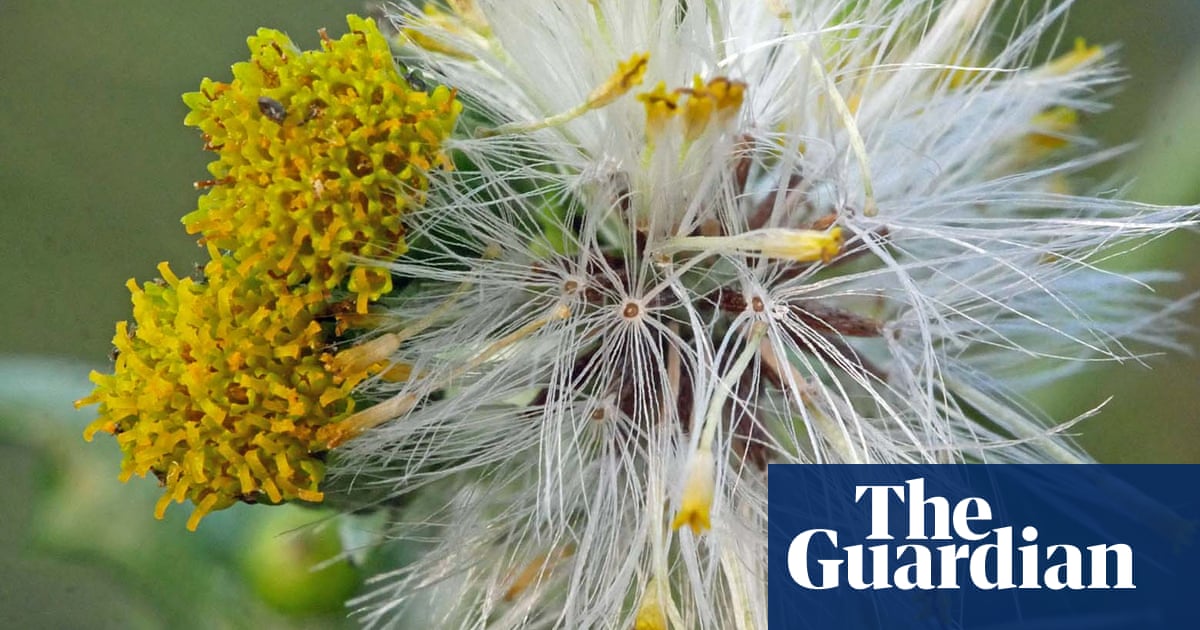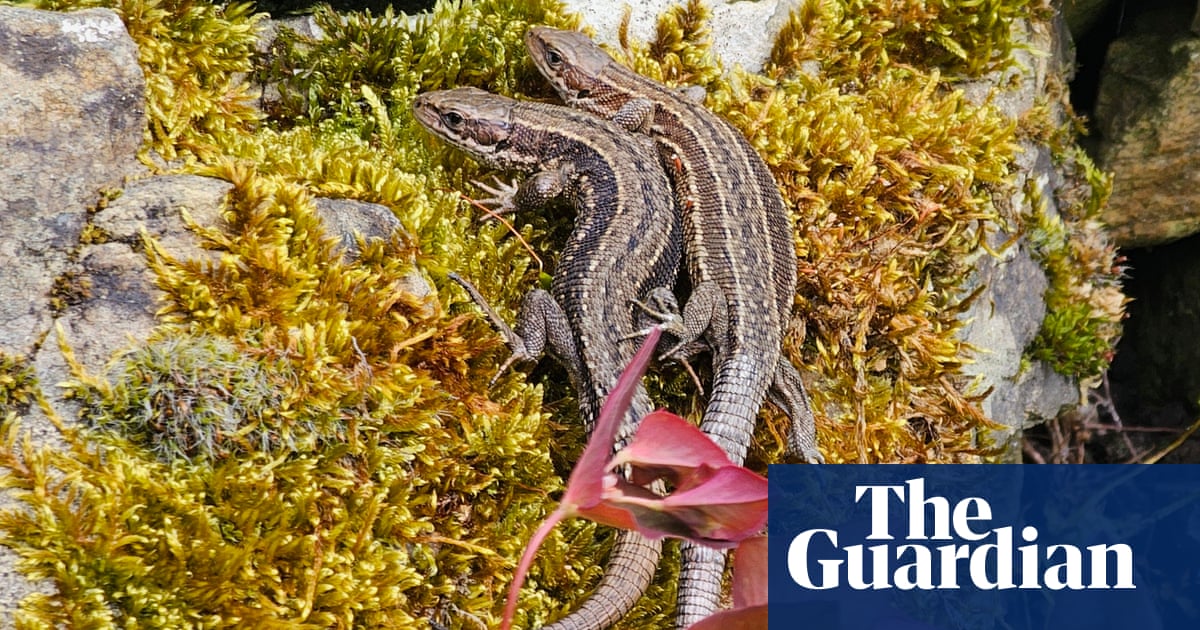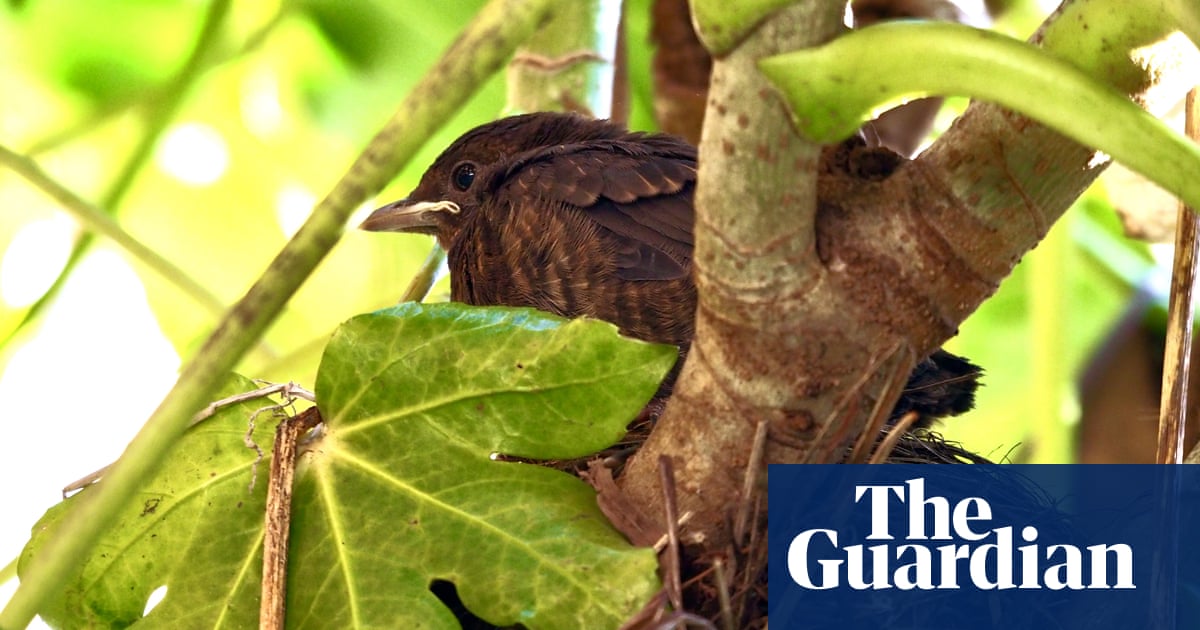
Another mild, late autumn day, almost warm enough for summer. A meadowsweet plant, coming into full bloom again on the road verge, seems convinced. Several male holly trees in riverbank woodland beside the River Tees are enjoying a second spring, with winter only days away: their slender branches are studded with clusters of small, waxy-white flowers.
I wonder about those seasonally confused hollies. Holly trees are either male or female, and only the pollen-producing males are flowering again. They bloomed, on schedule, six months ago when there were plenty of insects to carry their pollen to neighbouring females, currently laden with scarlet berries. After this autumn’s futile effort, with flowers “born to blush unseen / And waste its sweetness on the desert air”, it will be interesting to see if these males manage to perform again next May.
Out-of-season flowering has been a feature of this autumn, likely because some species whose life cycle was halted by this summer’s withering heat resumed growth with enough time, warmth and water to try again. It happens after droughts: I can recall at least four similar instances during my lifetime. Just an infrequent, insignificant aberration in the usually predictable floral calendar? Maybe, but what if summer droughts and prolonged mild, wet autumns like this become the norm? Perhaps we should be recording plant phenology (the timing of natural events that can be a barometer of change) more assiduously.
Someone who did, in the early 19th century, was Leonard Blomefield, whose A Naturalist’s Calendar contains meticulous records of flowering, fruiting and bud burst, mostly compiled between 1820 and 1831. Blomefield, born Leonard Jenyns but compelled to change his name to qualify for an inheritance, will always be remembered as the man who turned down the post of naturalist on the voyage of HMS Beagle: second-choice Charles Darwin sailed instead.
Blomefield settled into the life of country parson-naturalist, bequeathing a record of natural cycles of life, now a baseline for recognising how some plants are adjusting to climate change. In an appreciative letter to him, in 1845, Darwin noted that these are “what people are pleased generally to call trifling facts. These are the facts which make one understand the working or economy of nature.”












